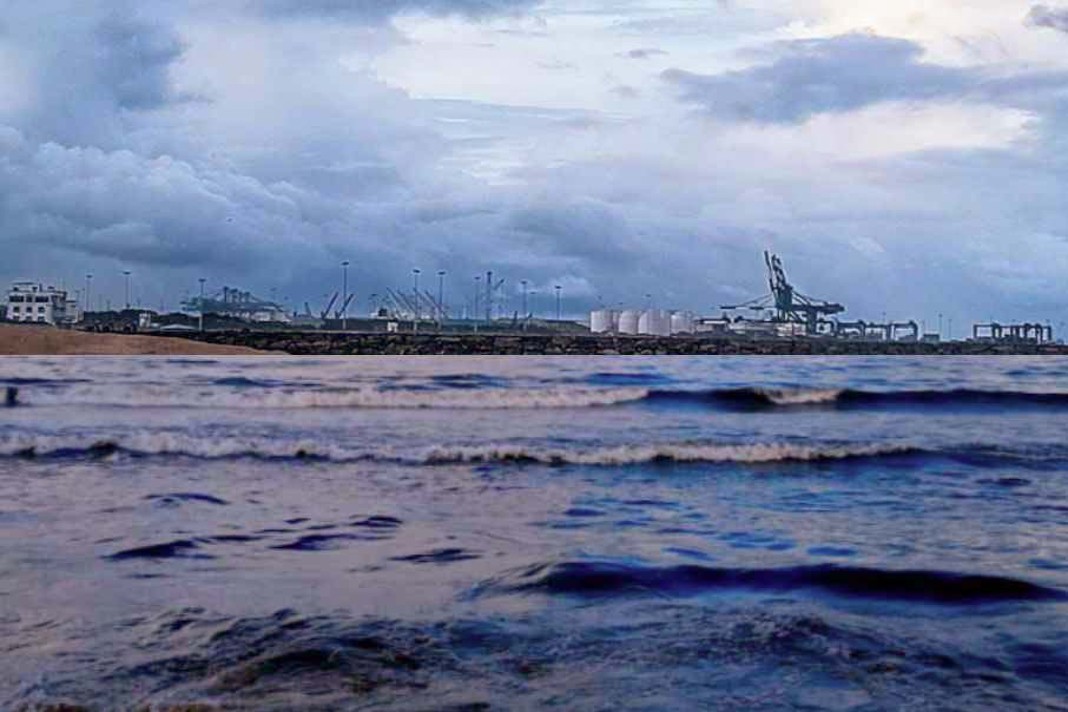The Marine Accident Investigation Commission (Turkey) has published its investigation into the collision between the Turkish-flagged M/F Ankara and the Malta-flagged M/V Reina 1 in the Adriatic Sea off Durres on 20 October 2011.
Incident Overview
After completing loading operations in Durres, the Ankara departed around 23:05 on 19 October, bound for Bari. The Reina 1 had departed Novorossiysk earlier and was en route to Bar, Montenegro.
At around 00:40 the following day, the officer of the watch (OOW) on the Reina 1 alerted the master of Ankara to a collision risk. He proposed altering course to starboard to pass astern of Ankara. Ankara’s master responded that his vessel was faster and suggested that the Reina 1 instead make a minor port-side adjustment.
Despite this, the two vessels collided shortly after 00:49 at a separation of just one to two cables, with the Ankara’s bulbous bow penetrating the Reina 1’s starboard side. Within minutes, the Reina 1 sank, resulting in eight crew fatalities.
Key Causation & Safety Issues
Several critical factors emerged from the investigation:
- The Reina 1, as the give-way vessel under the International Convention for the Prevention of Collisions at Sea (COLREGs), failed to take early and substantial action to avoid collision — the first VHF contact occurred at about 2.5 nautical miles separation, a point at which safe manoeuvring options were already limited.
- The Ankara, despite recognising that the other vessel had not taken appropriate action, maintained its speed and course instead of taking action under Rule 17 of the COLREGs.
- Situational awareness was compromised: the master of Ankara misinterpreted the crossing situation, monitoring the target using radar in head-up/relative-motion mode rather than plotting the target’s CPA (closest point of approach) using ARPA radar in course-up or north-up mode.
- A degree of excessive self-confidence was evident: the master of Ankara assumed his vessel’s superior speed and manoeuvring capability would allow safe passage ahead—and remained on autopilot with insufficient lookout monitoring.
- Visual lookout and bridge team interaction were inadequate: although visibility and sea conditions were favourable, the presence of incorrect assumptions and high hierarchy impeded timely decision-making.
Safety Recommendations
The report outlines several recommendations, including mandatory use of ARPA functions of radar, setting safe passing distances from other vessels in traffic, and reinforcing bridge team procedures and training.
Did you subscribe to our daily Newsletter?
It’s Free! Click here to Subscribe!
Source: Marine Accident Investigation Commission (Turkey)


















